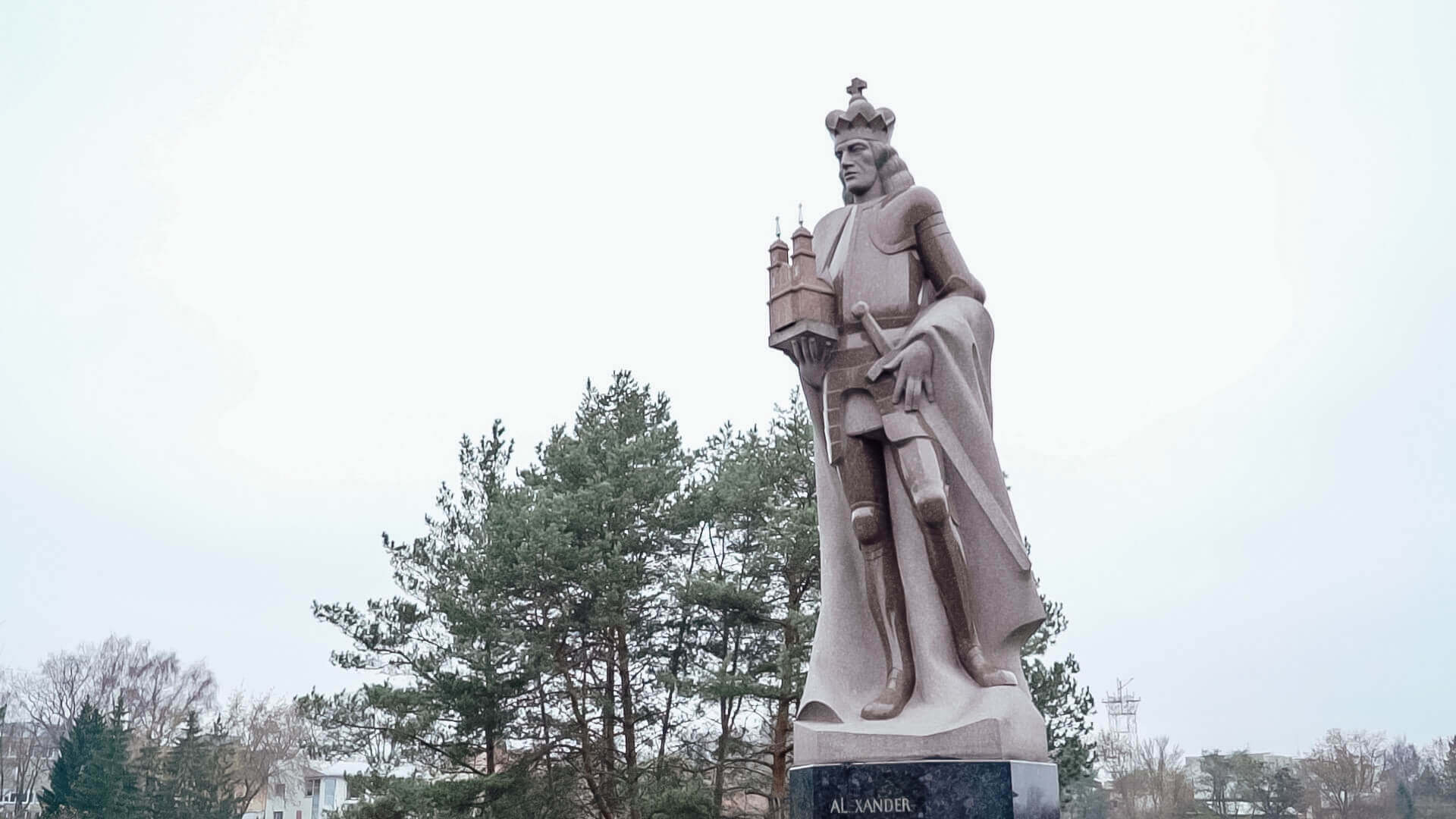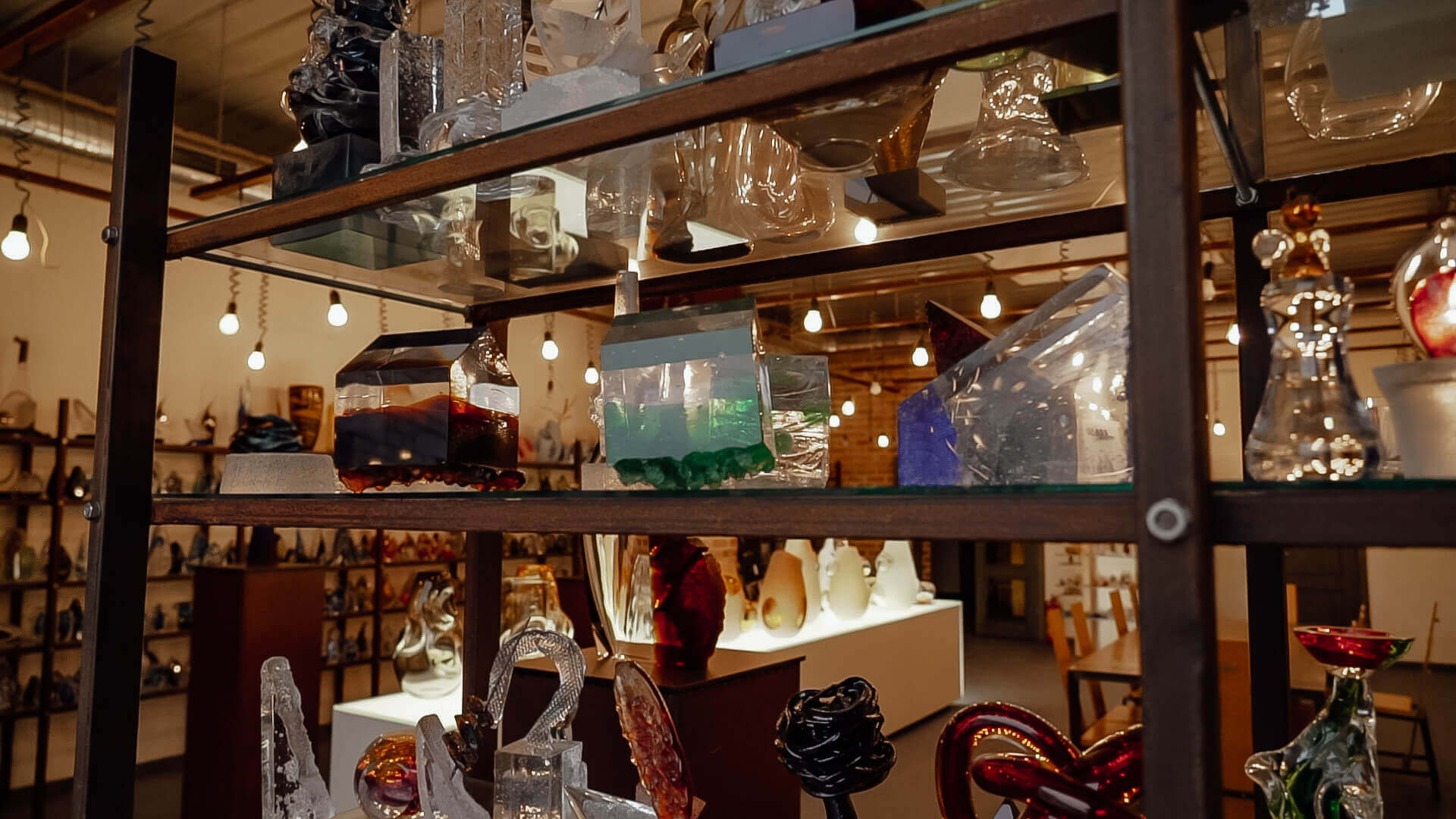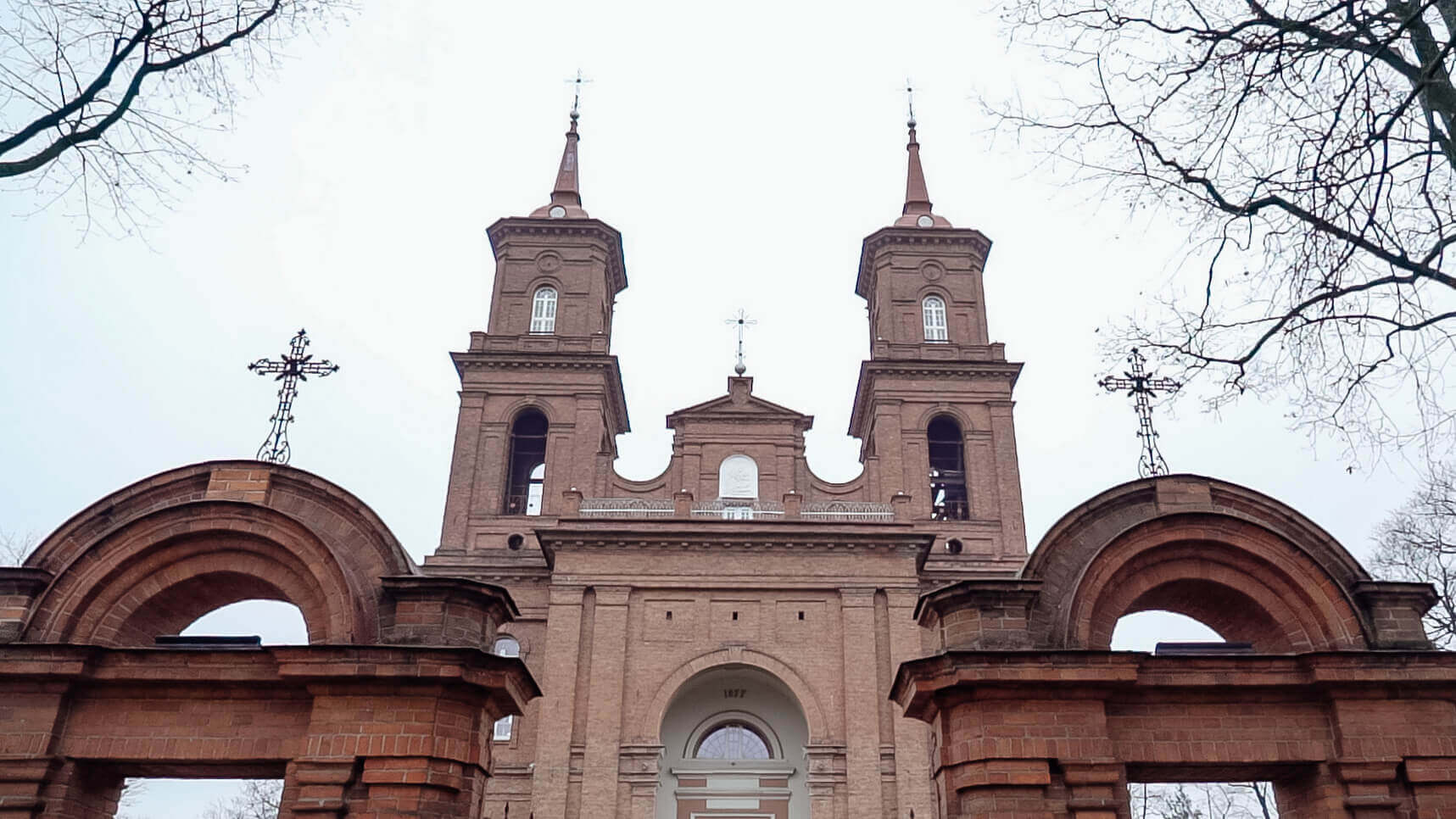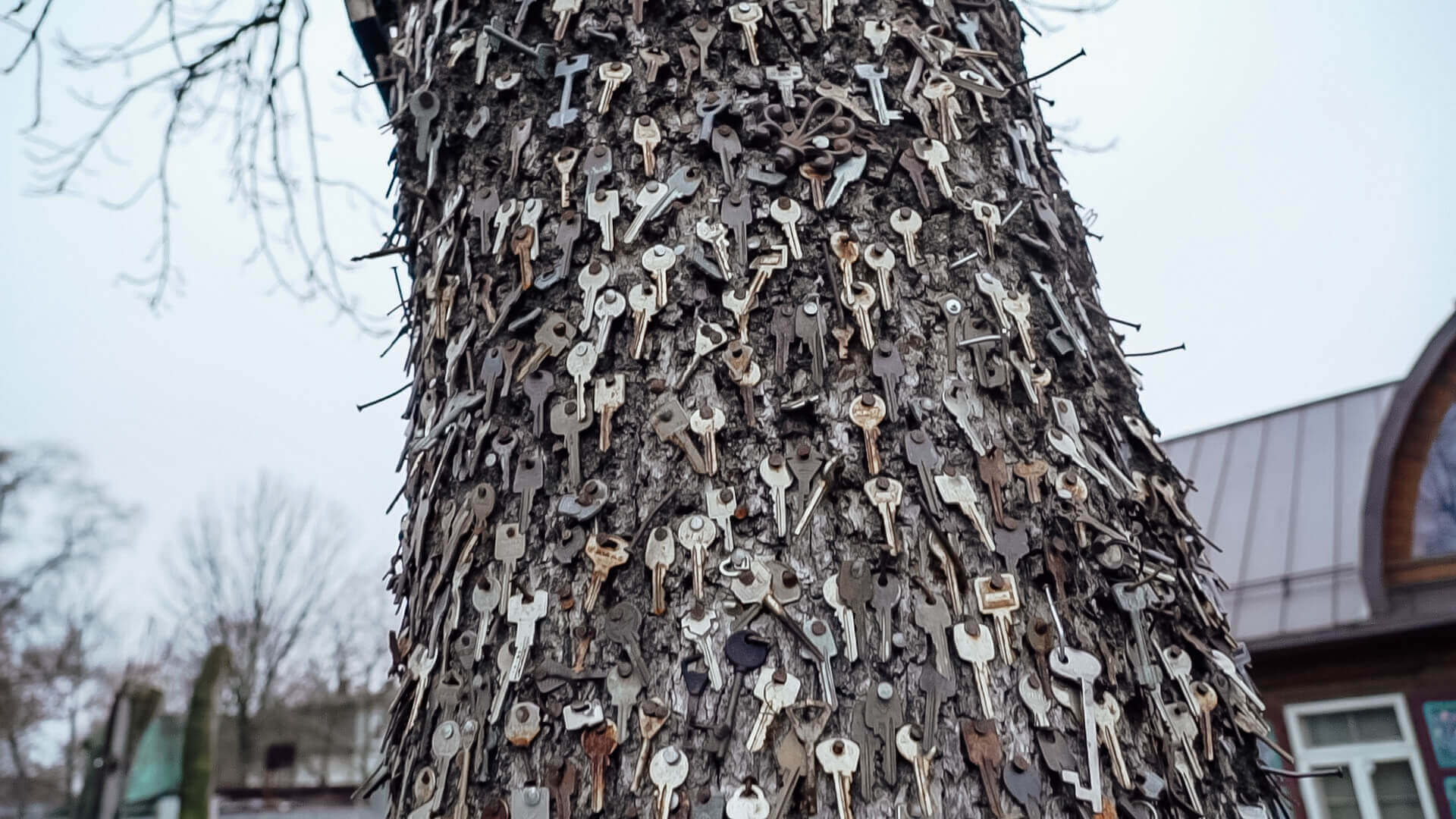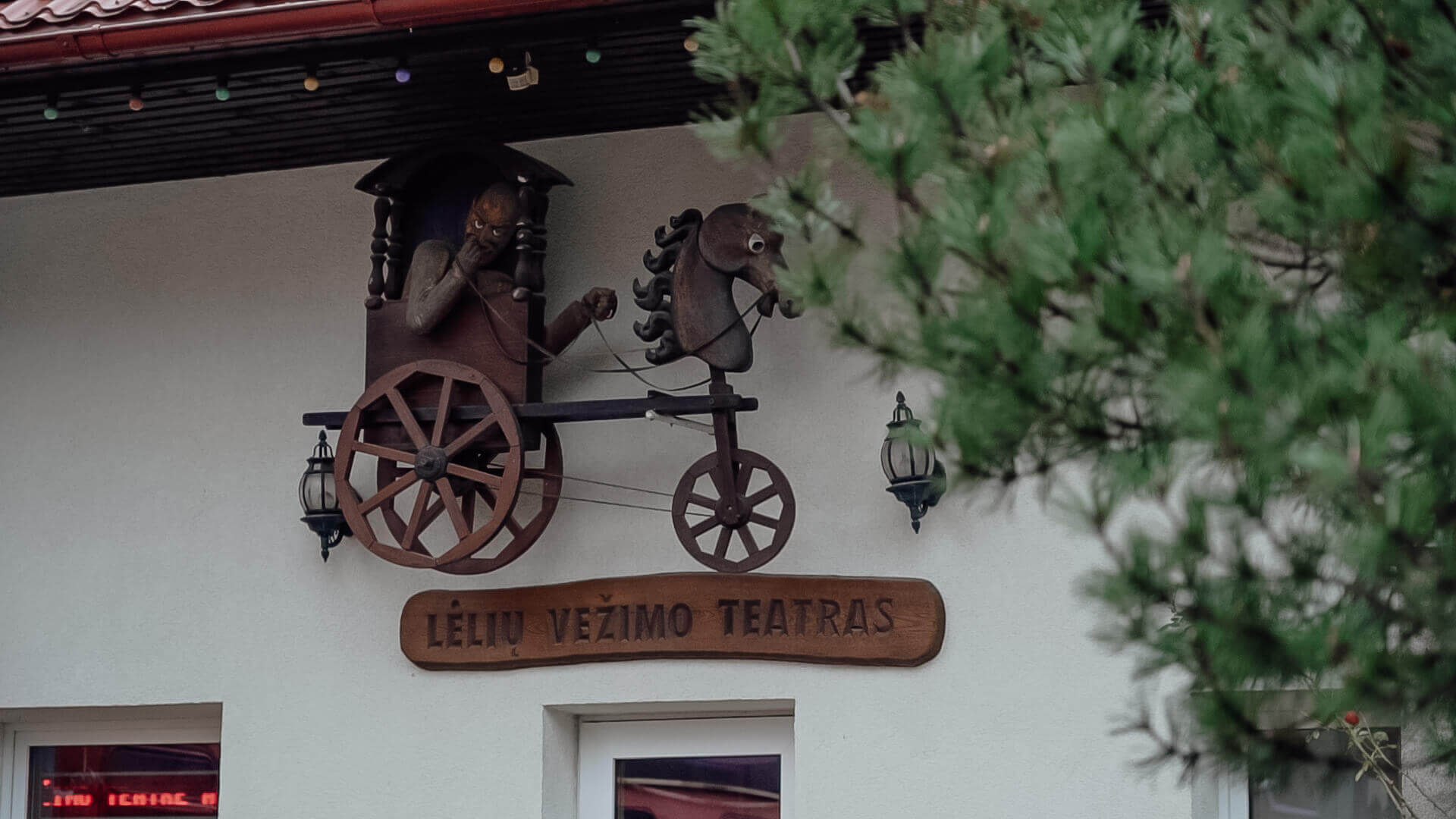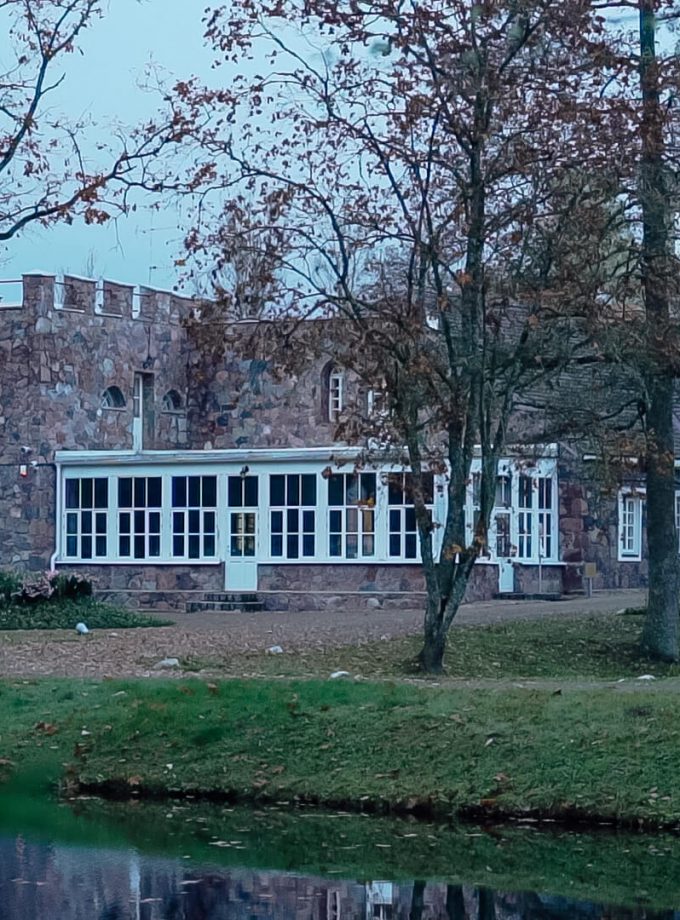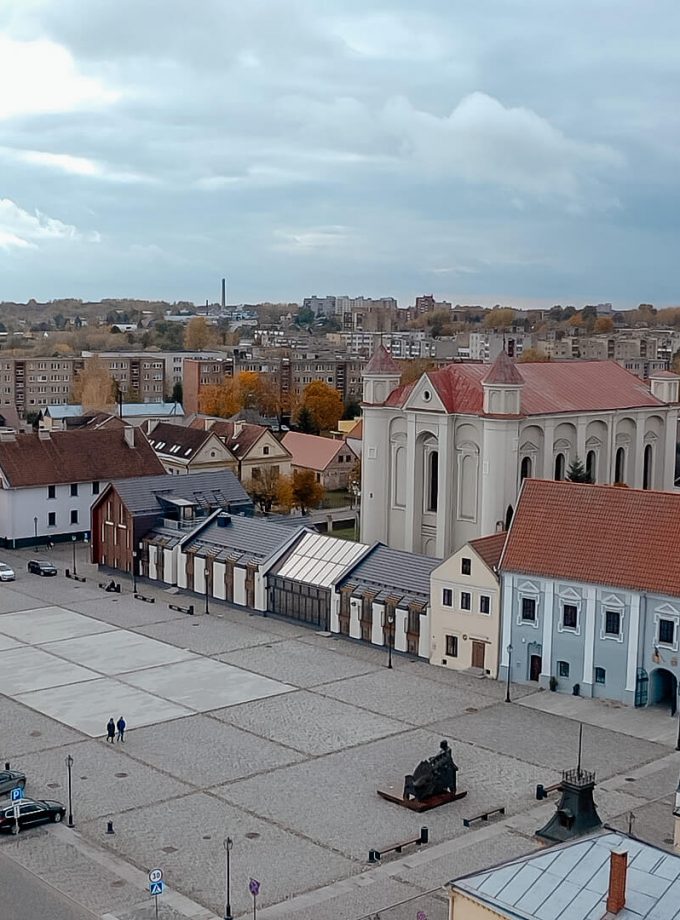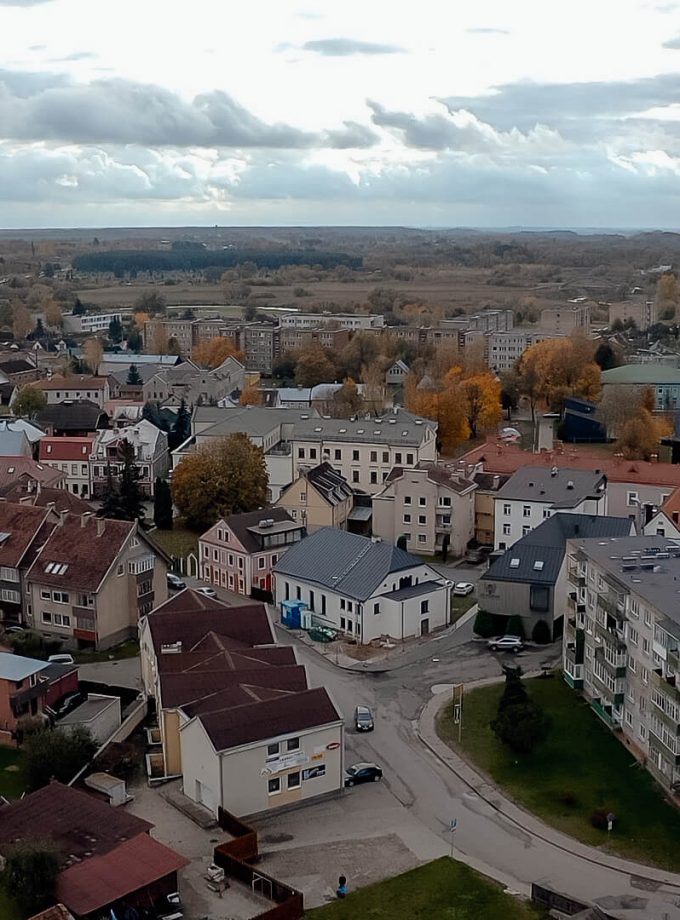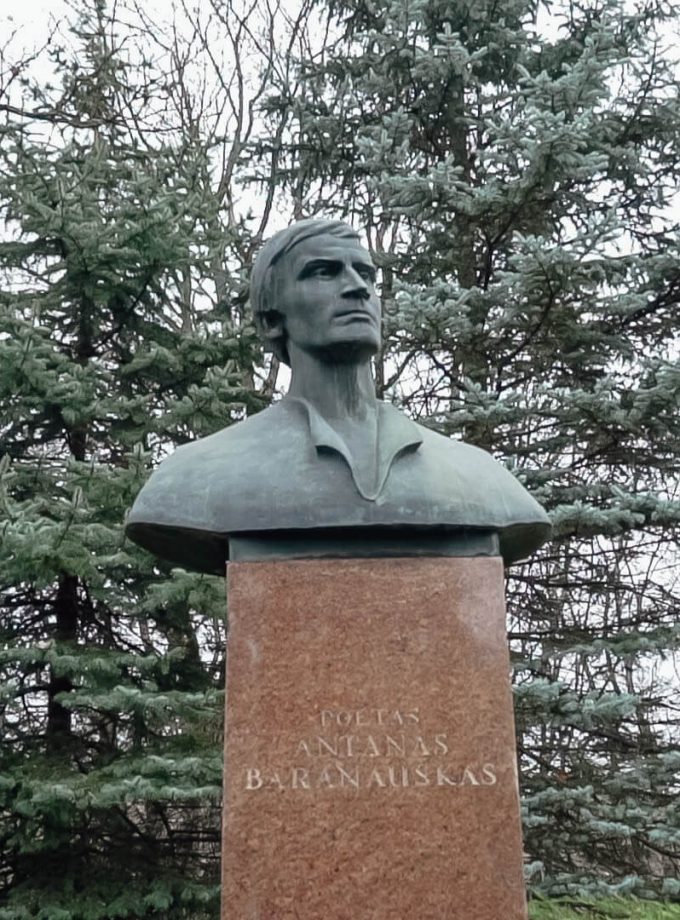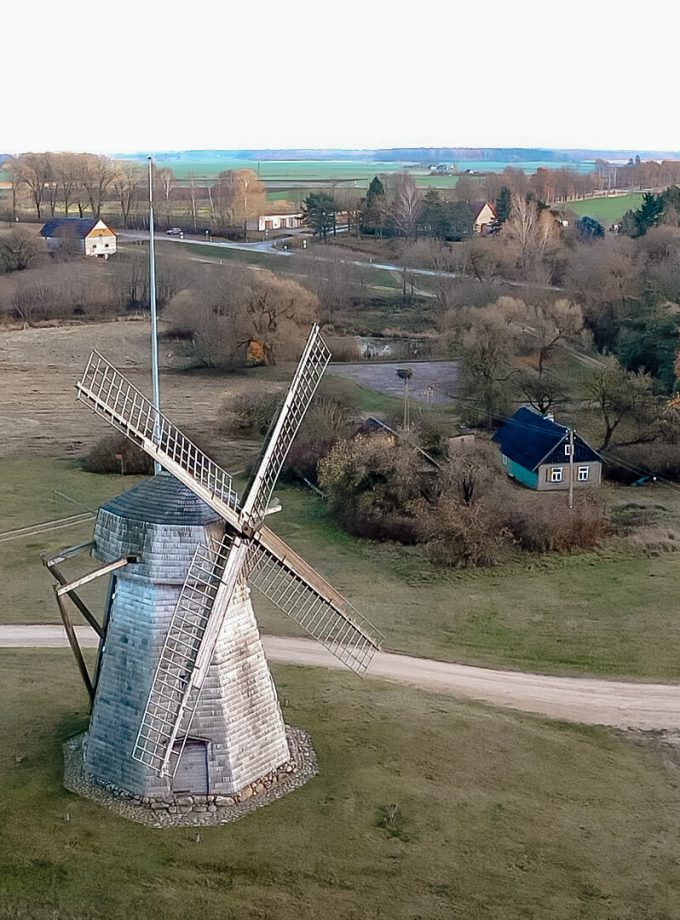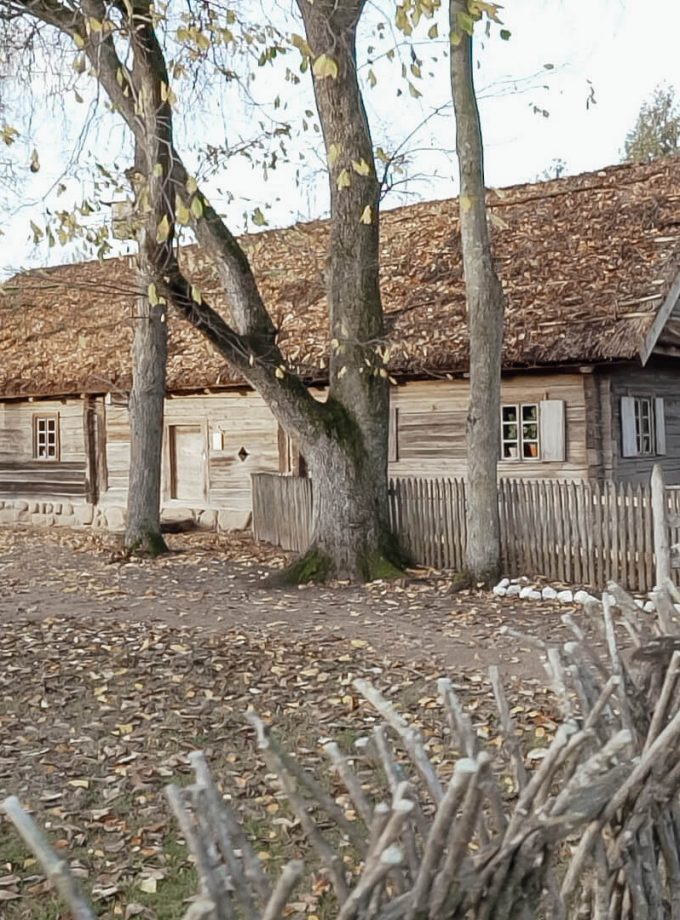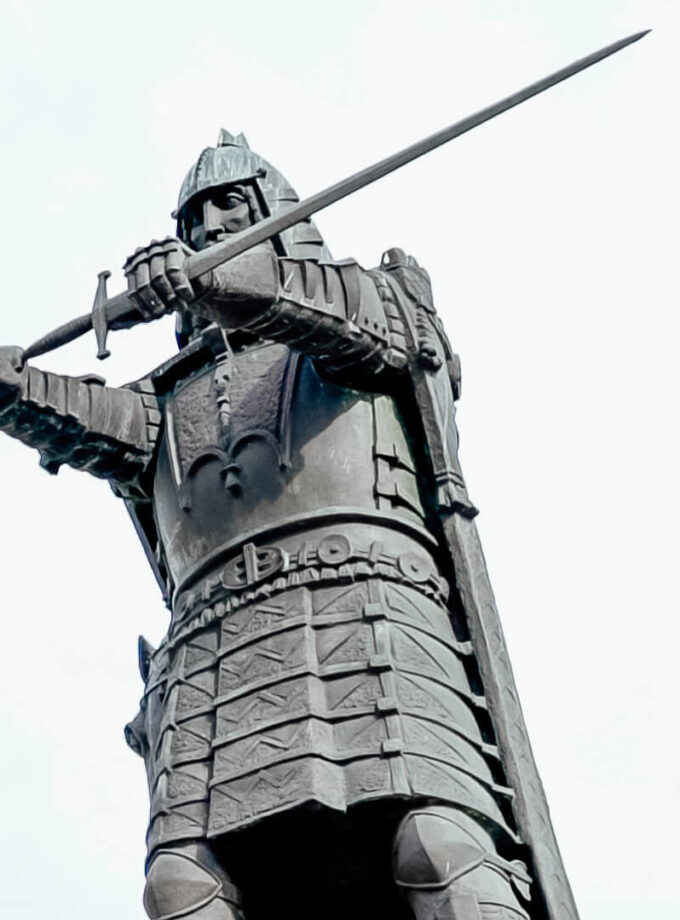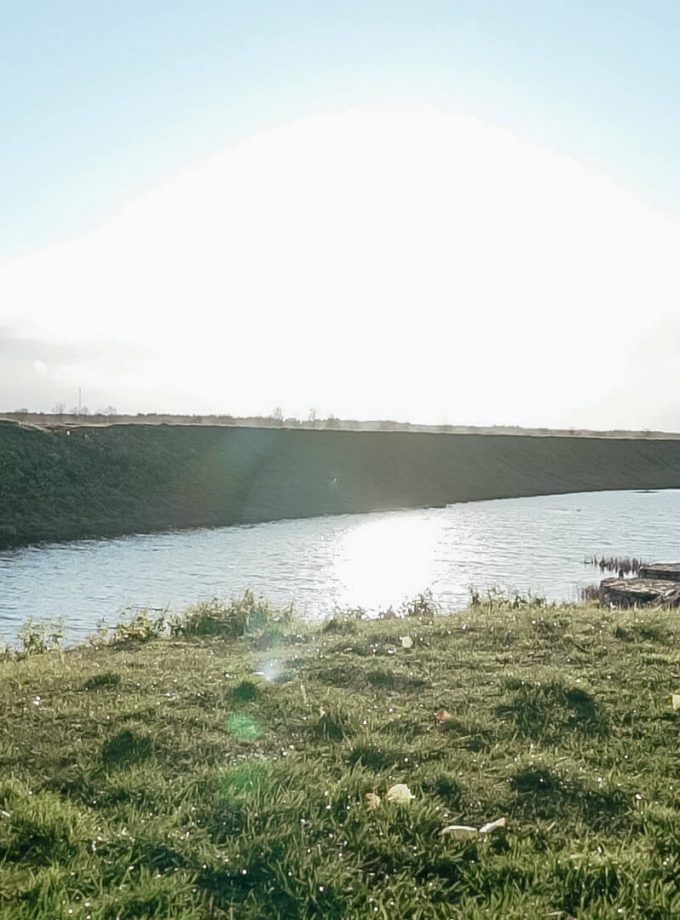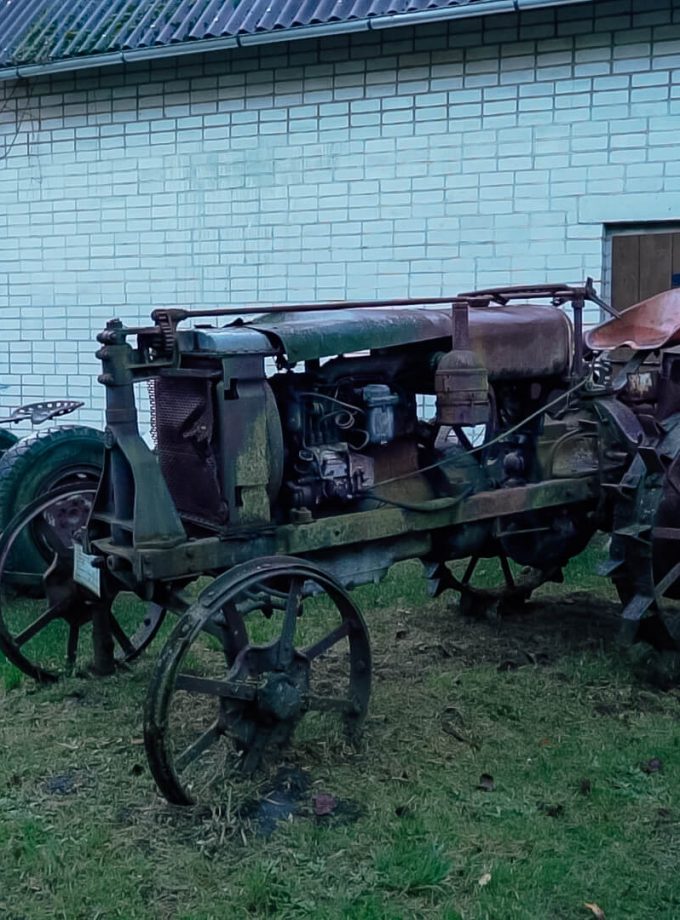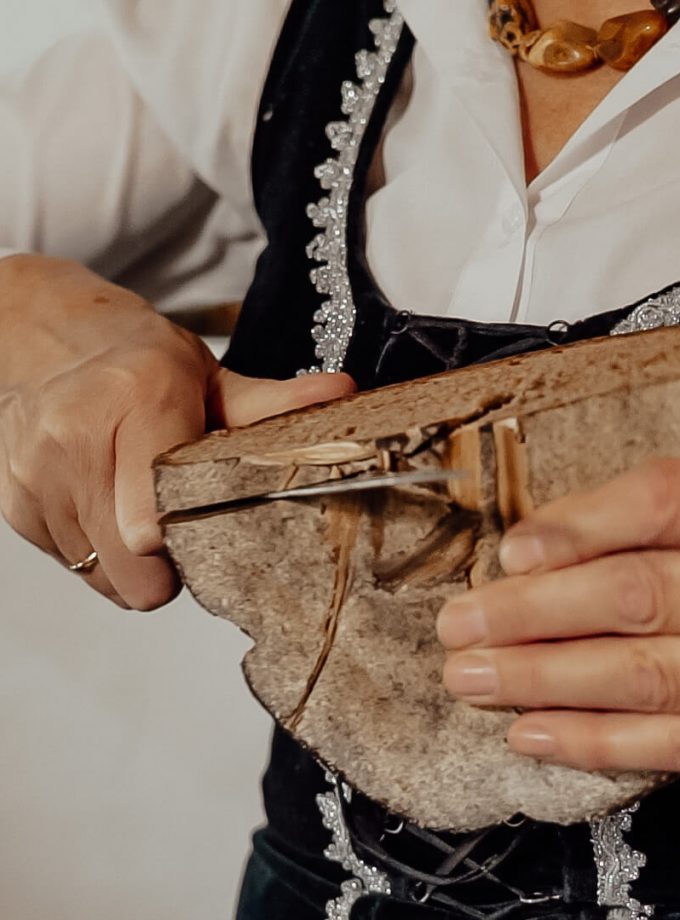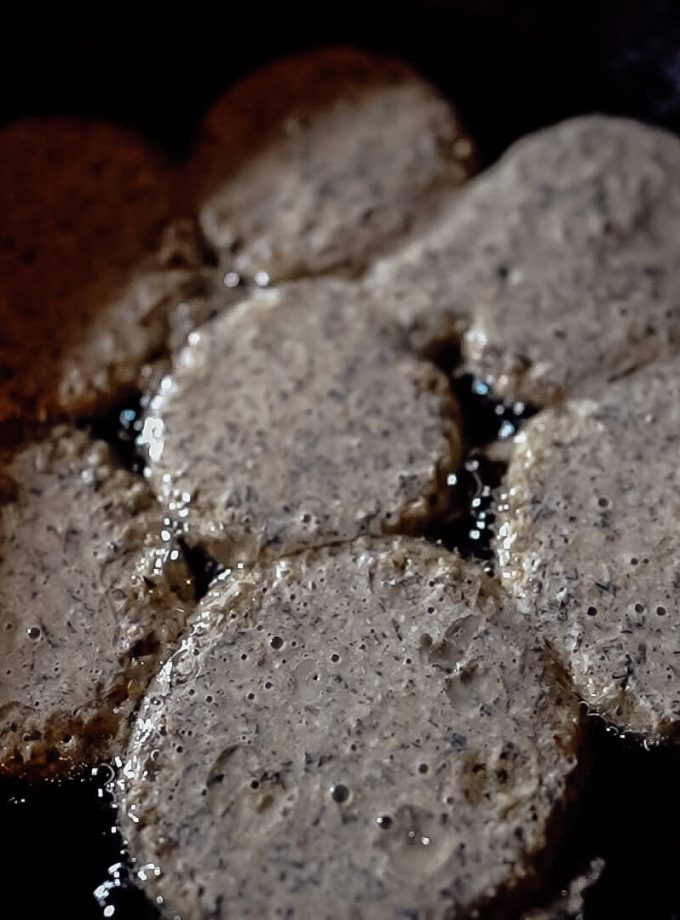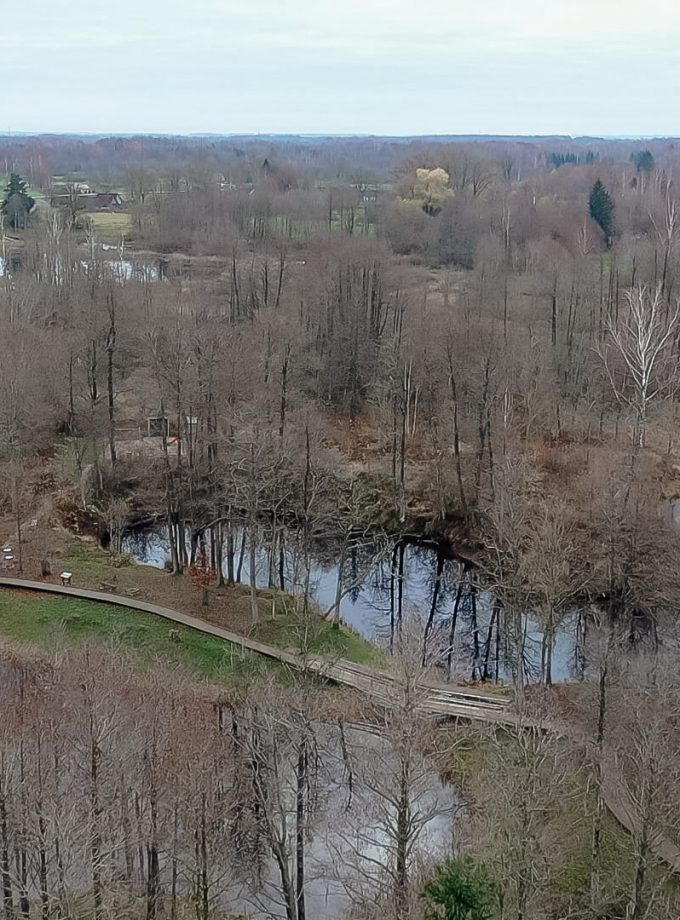Learn and find out in Panevėžys region
We will go to the fifth largest city in Lithuania – Panevėžys. In Panevėžys, called the capital of Aukštaitija, we will visit its city center. Here we will see the monument to the founder of the city, the Grand Duke of Lithuania and the King of Poland Alexander Jogailaitis. The Grand Duke donated land between the Lėvuo and Nevėžis rivers to the pastor of Ramygala on the condition that a church would be built in this area. We will admire the Nevėžis senvage in the very center of the city and explain what crabs do there. We will see an ash tree decorated with several thousand keys, which even changed the traditions of newlyweds in Panevėžys.
We will visit the only one in Europe – Panevėžys Puppet Carriage Theater. Every year this theater shows about 300 performances, 3-4 premieres take place. The performances are directed not only by Lithuanian, but also by foreign directors. The founder of the theater was awarded the first prize of Hans Christian Andersen for nurturing and promoting the work of this writer, and every summer the actors of this theater go on tours around Lithuanian cities and villages with carriages pulled by two horses. We will see an extraordinary performance of this theater, and after that, it will even be possible to participate in the traditional drawing competition “Heroes I See”.
Do you know what glassblowing is? We will go to the art glass studio GlassRemis, the founder and artist of which Remigijus Kriukas surprises Lithuania and the world with his impressive glass works. Here we will learn everything about glass, its production process, look around the shop and be able to observe the whole production process, how works of art are made of glass.
When we feel hungry, we will go to a small town in Panevėžys district, which will surprise you with the knowledge of the hosts and the taste of the dishes. Here we will participate in the educational program “Lithuanian Taste of the Middle Ages”, where we will learn about, what Lithuanian nobles, townspeople and peasants ate and drank in the 14th-16th centuries. As well as etiquette of that time, the culture of eating, the medieval board game with gifts.
Or we will learn that the word “karaimas” in Lithuania is associated not only with Trakai. They are also in Panevėžys district, so it will be possible to travel along their paths to get acquainted with their extraordinary history and taste not only kibinas.
We will travel to the most important part in Panevėžys region – Upytė, where the Center of Traditional Crafts has been established at the Upytė manor. The house was built according to the Aukštaitija model. The building is completely ecological, even the wooden wall frame is smeared with flaxseed oil. The roof of the house is covered with specially grown rye straw. Those who want can learn to think, spin, weave flax. Those who like to master the house are taught to press flaxseed oil and prepare a variety of dishes.
In the European Bbison Reserve of Pašiliai, the largest wild animals of Europe are kept – European bison. These animals are listed not only in Lithuania, but also in the international Red Book. Until the 16th bisons were widespread throughout Europe. The development of agriculture, the rapid proliferation of people, and intensified hunting pushed them into scarce, remote, wooded forests, and bisons began to decline rapidly. European bisons were eradicated in Lithuania until 1854. Pašiliai bisons reserve has been around for more than half a century. Here we will be able to admire the European bisons from the covered platform-observation tower. We will observe these huge animals close, learn about life, habits and why the names of the European bisons living here name begin with the letters Gi.

